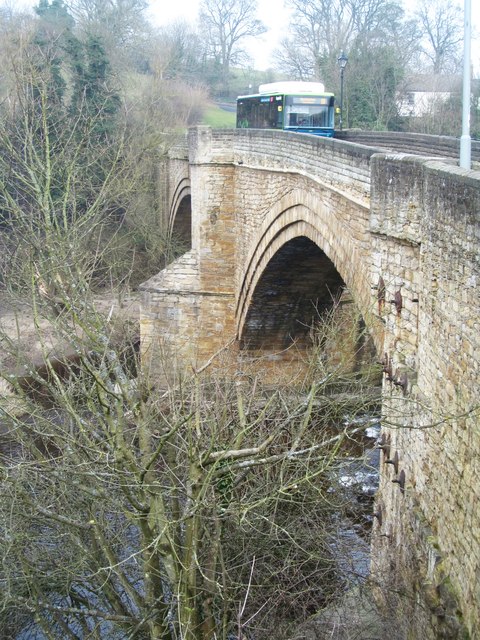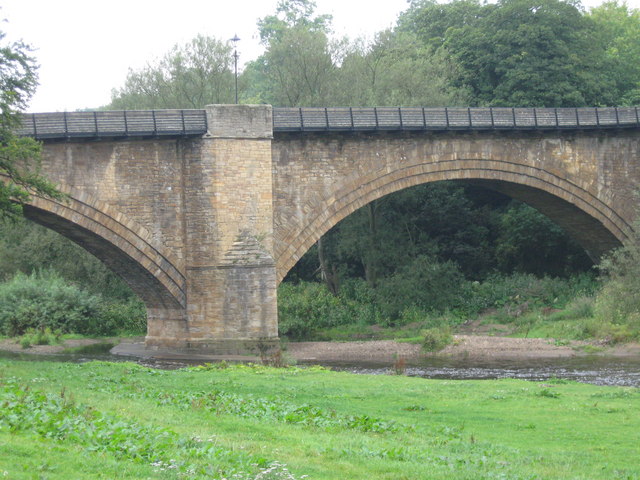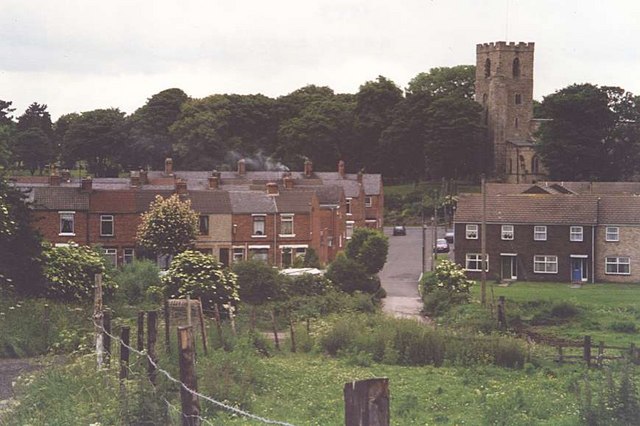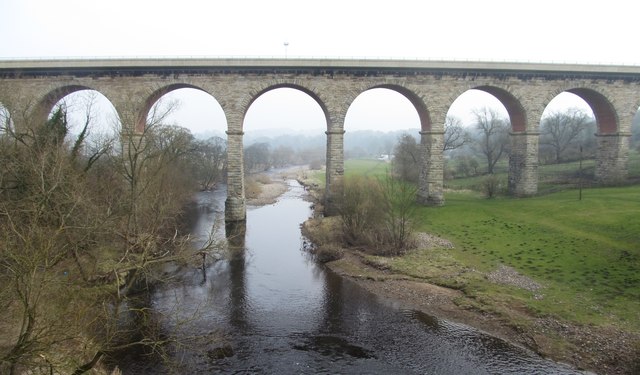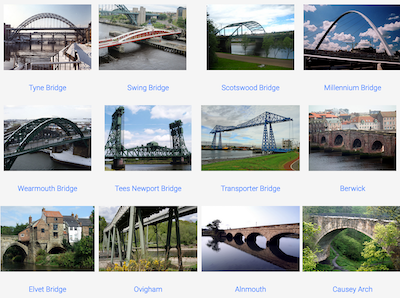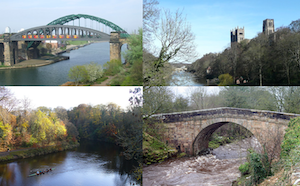Topics > County Durham > Bishop Auckland > Newton Cap Bridge
Newton Cap Bridge
Newton Cap Bridge is a stone bridge across the River Wear at Bishop Auckland, County Durham. Reputedly it was built in the late 14th century for Bishop Skirlawe who resided at Auckland Castle. Parts of the bridge were rebuilt later, including widening in the 18th century. This single lane bridge, located at the bottom of Newton Cap Bank, carried the busy A689 road until 1995, when the Newton Cap Railway Viaduct was converted to carry the road.
Newton Cap Bridge across the River Wear, leaving Bishop Auckland.
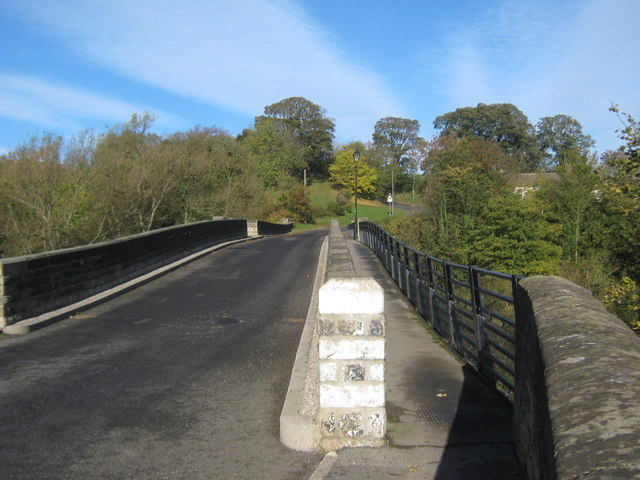
from Geograph (geograph)
Footbridge attached to Newton Cap Bridge crossing the River Wear
Pinned by Simon Cotterill

from https://historicengland.org.u…
NEWTON CAP BRIDGE - List Entry
- "Road bridge. Reputedly built for Bishop Skirlawe late C14, but probably much rebuilt. c1900 widening of road and footpaths on cantilevered girders. Original parapets remain between road and paths. Stone …
Added by
Simon Cotterill
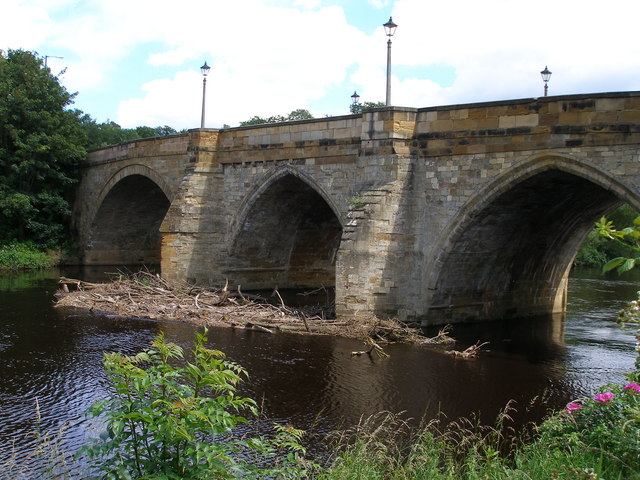
Co-Curate Page
Walter Skirlaw (d. 1406)
- Overview About Walter Skirlaw Walter Skirlaw was Bishop of Durham from 1388 until he died on 24th March 1406. Skirlaw was also a diplomat and advisor to King Richard II …


from Geograph (geograph)
Footbridge attached to Newton Cap Bridge crossing the River Wear
Pinned by Simon Cotterill

from https://historicengland.org.u…
NEWTON CAP BRIDGE - List Entry
- "Road bridge. Reputedly built for Bishop Skirlawe late C14, but probably much rebuilt. c1900 widening of road and footpaths on cantilevered girders. Original parapets remain between road and paths. Stone …
Added by
Simon Cotterill

